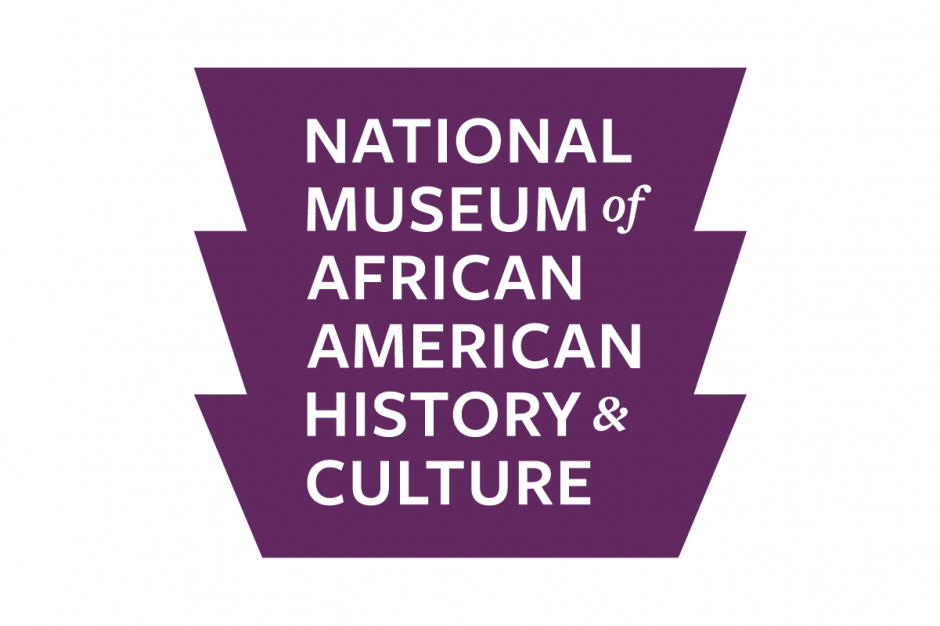




Today we're learning about the Transatlantic Slave Trade, which brought millions of captive Africans to the Americas between the 16th and 19th centuries, with the largest number of people trafficked between 1700 and 1808. We'll look at the ships and crews that brought enslaved people across the ocean via what was known as the Middle Passage and explore the horrific conditions that these captives endured.
In the 17th century, as the British colonies in the Americas were getting established in places like Jamestown, VA, the system of chattel slavery was also developing. Today, we'll learn about the role that slavery played in early American economy and how slavery became a legally accepted practice in the first place, and how it contributed to the colony’s early economic success. We'll look at the experiences of Anthony Johnson and John Punch to see how legal precedents that greatly influenced the development of slavery were set.
Today, we'll learn about the Stono Rebellion, which was an uprising led by enslaved people in South Carolina in 1784. We'll also talk about ways that enslaved people resisted in general and methods like enforced illiteracy used by those who sought to keep people in bondage.
Clint Smith teaches you about the experience of enslaved women, and how their experience of slavery was different than men. Women had a unique vantage point to understand slavery, and were particularly vulnerable to some terrible abuses under the institution.
Today we'll learn about the Reconstruction amendments, the Freedman's Bureau, and the election of 1876, among other things.
